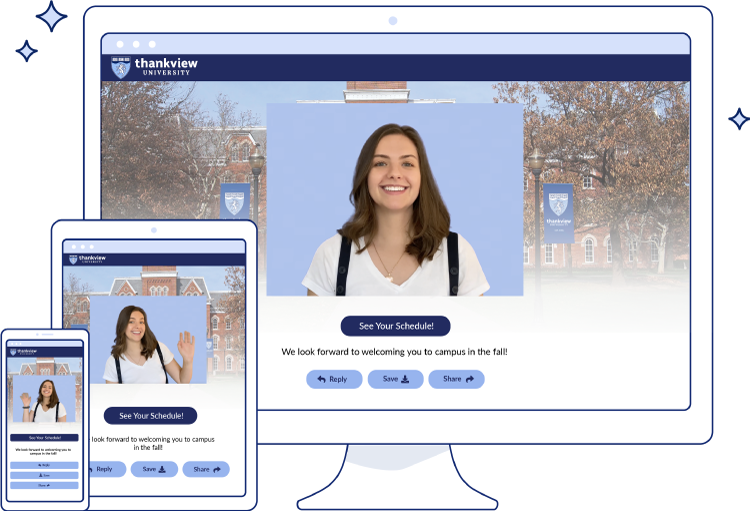Text vs Email: A Love Story
In an article called “The brilliant reason you should start giving potential dates your email address before your phone number,” the author writes:
“[An] upside to emailing before blessing your potential date is being able to gauge how well someone can actually communicate. Communication is a huge part of having a successful relationship. If your crush can’t or won’t express themselves via email then maybe you shouldn’t waste your time…”
Still with me? Great. Now, let’s talk about how this relates to the world of donor relations!
Similar to a new romantic relationship, you need to communicate effectively and timely with donors. And here’s the thing: effective communication looks different for every donor.
“A study by Edge Research found only 34% of nonprofits said they segmented communication-based on donors’ age. This is particularly important when you consider 55% of Millennials said text messages from nonprofits were acceptable, but only 24% of Baby Boomers wanted texts.” –Kindful
When it comes to ThankViews in particular:

- only 4% of ThankViews sent in 2019 were texts
- 95% of text ThankViews were sent from schools
- The average text-campaign size was 850 recipients
In 2019, there are about 2.71 billion smartphone users worldwide. So the question of people getting your message directly to their phone via text rather than email is no longer the issue. Statistically, 1 of every 2 donors will be viewing your email on their phone.
Texts and emails may be viewed on the same device but this does not mean that they are equal channels. The best way to woo your donors is to ask which channel they prefer.
Email is still the primary method of reaching donors, alumni, and volunteers. A 2018 report showed that 47% of people prefer email content from retailers and that email has the highest response rate.
If surveying is not an option or your donors are playing hard to get, then it’s up to you to romance your donor through some good ol’ fashioned A/B testing. Let’s take a look at how Murray State tested which channel donors preferred to receive.
Murray State split their recipient list into two groups for their Racers Roadshow event invite campaign. The first group (group A) included alumni who graduated between 2000 and 2018. The second (group B) included alumni who graduated before 1999.
The messaging and the video were exactly the same, but the younger alumni (group B) received their invitation through text and older alumni (group A) through email.
The results:
Murray State’s campaign had an average click-through rate of 10% and over a hundred CTA clicks. When it comes to communicating, the most important thing is not whether to use text or email but to make sure you’re reaching your donors how they want to be reached.
You and your donors can live happily ever after if you’re willing to put in the effort to communicate how you feel (you like them a lot!) in a way they want to be told (an email, a phone call, a text, whatever it takes!)
So put yourself out there! And start asking your donors, alumni, and volunteers the best way to reach them.
